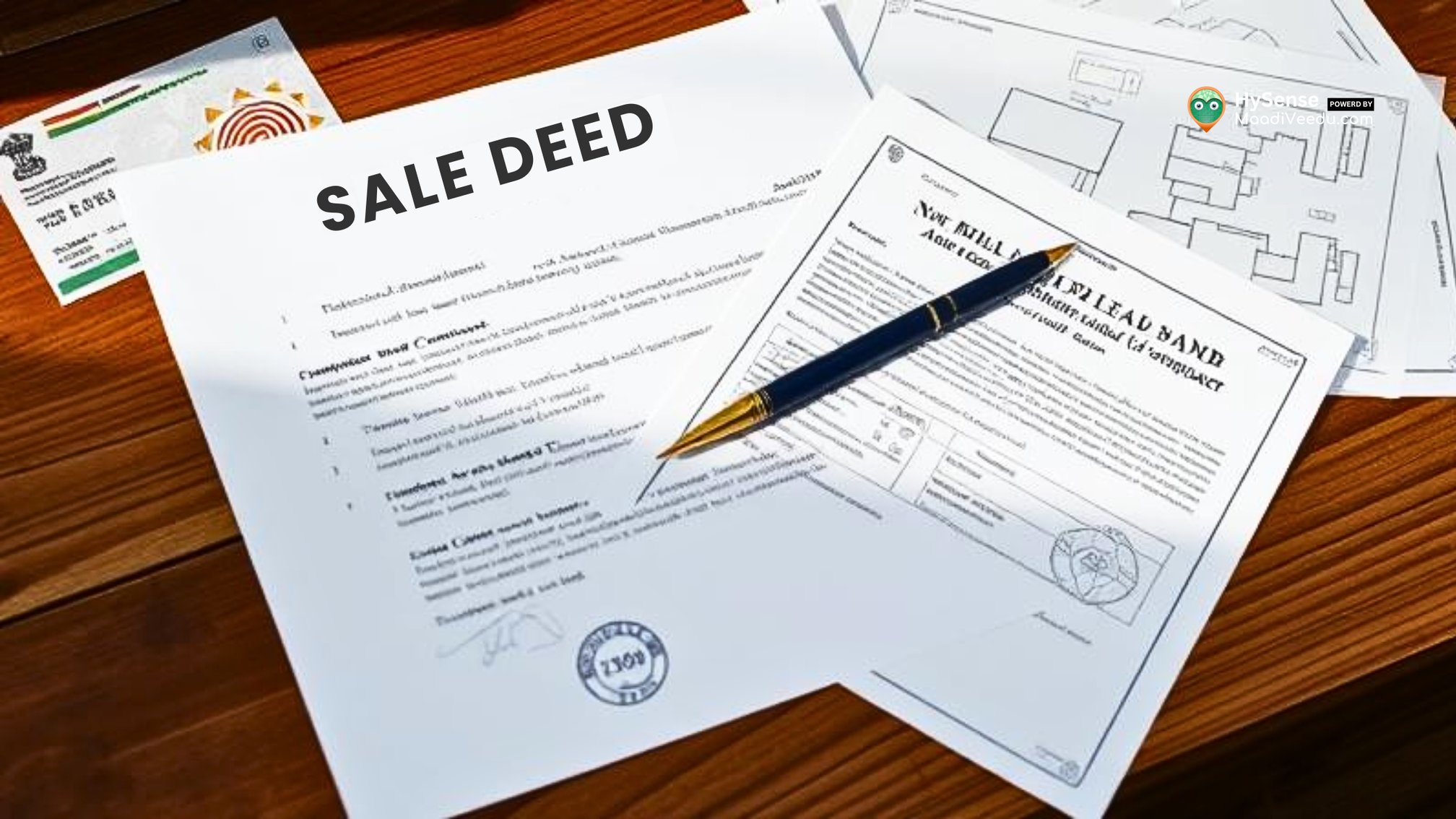How Many Homes Should You View Before Buying? 7 Expert Tips for Smart Homebuyers
How many homes should you view before buying? Get 7 essential tips, a viewing checklist, and find out how your CIBIL score impacts your loan.
Table of Contents
Go Beyond the "Magic Number" to Find Your Perfect Home with Confidence
Buying a home in cities like Chennai, Bengaluru, or Hyderabad is thrilling—but it can also be overwhelming. One question echoes in every buyer’s mind: “How many homes should I see before making an offer?”
The answer isn’t a simple number. It depends on your budget, priorities, experience, and the market you’re in. In this guide, we’ll walk you through how to plan your viewings strategically, avoid mistakes, and find a home that truly fits your family and lifestyle. By the end, you’ll know how to make each viewing count—and feel confident in your decision.
Why “Just Looking” Is More Important Than You Think
Many buyers underestimate the value of multiple viewings. Seeing a few homes isn’t just about comparison—it’s about learning, understanding, and gaining confidence.
- Sharpen Your Buyer’s Eye: After viewing several homes, you’ll spot the difference between cosmetic fixes and lasting quality.
- Know True Market Value: Is a ₹50 lakh flat a bargain or overpriced? Compare similar properties to understand what your money can buy.
- Refine Your Priorities: You may think you need four bedrooms, but after a few viewings, three spacious rooms plus a home office might suit you better.
- Strengthen Negotiation Power: When you know the market, you can confidently negotiate, pointing out necessary repairs or improvements.
But how many homes are enough? Let’s explore what works for different buyers and markets.
The “Magic Number” of Home Viewings
There’s no universal answer, but research and experience provide guidance:
- A 2018 National Association of Realtors (NAR) study found the median buyer saw 10 homes over 10 weeks.
- Think of this as a baseline, not a rule.
Suggested Approach
Golden Rule: View enough homes to feel confident that you’ve seen a representative sample of the market. The goal is clarity, not a quota.
Plan your finances confidently: Use our Home Loan Calculator and see what you can truly afford.
7 Smart Tips to Master Your Home Viewings
It’s not just how many homes you see—it’s how you evaluate them.
1. Go Beyond the Checklist: Use Your Senses
- Sight: Check ceilings, walls, roofs, plumbing, and electrical systems. Don’t be fooled by fresh paint.
- Smell: Musty or strong fragrances may hide dampness or smoke.
- Sound: Listen for traffic, neighbours, or nearby factories.
- Touch: Open doors and windows, check taps and showers, and note water pressure.
2. Create a Priority Scorecard
Divide features into three tiers:
- Tier 1 – Non-Negotiables: Budget, bedrooms, safe neighbourhood, commute time.
- Tier 2 – Strong Wants: Modern kitchen, home office, garden space.
- Tier 3 – Nice-to-Haves: Balcony, walk-in closet, smart home features.
Score each property on a scale of 1–5 in these areas to separate logic from emotion.
3. Become a Property Archivist
- Take videos, not just photos, to capture the layout and flow.
- Photograph issues: old wiring, water stains, cracks, or cluttered surroundings.
- Maintain a note template for each home: Address, Price, Size, Pros, Cons, Gut Feeling. Fill it right after leaving the property.
4. The “Chameleon Visit”
Visit the property at different times to get a full picture:
- Morning: Check traffic, sunlight, and general vibe.
- Evening: See parking, noise, and safety.
- Weekend: Notice local activity, crowds, and community atmosphere.
5. Investigate the Neighbourhood
- Digital Research: Google Maps, crime maps, school ratings, and online forums.
- Commute Test: Drive or take public transport during peak hours.
- Talk to Locals: Shopkeepers, neighbours, and residents give honest insights.
6. Think Like an Investor
Even if you plan to stay long-term, resale matters:
- Check future development plans nearby: metros, highways, malls.
- Avoid properties with incurable flaws, like main road frontage or odd layouts.
- Prefer curable flaws, like paint, flooring, or minor renovations.
7. Use Your Agent as a Curator
- Give honest feedback from your scorecard to refine searches.
- Ask hard questions: “What issues aren’t obvious?” or “Is this price justified?”
- Trust their market knowledge—but always verify yourself.
Trust Your Gut (With Logic)
Sometimes a home feels right or feels wrong. Let intuition guide your investigation:
- Feels Wrong: Identify why—light, layout, noise, or smell?
- Feels Right: Note what makes it perfect and confirm it aligns with your priorities.
Never let FOMO push you into a hasty decision.
Read also : CIBIL Score for Home Loan – How It Impacts Property Buying and Approval
Final Thoughts
There is no magic number of homes to view. Some buyers find their perfect home on the 5th viewing, others after 20.
The key is to be patient, prepared, and purposeful. Each viewing is an opportunity to gather information, compare, and make a confident choice.
Tip: Use MaadiVeedu.com and explore our guides on blog.maadiveedu.com to organize, compare, and analyze your home search efficiently.
Frequently Asked Questions (FAQ)
1. Minimum homes to view?
At least 5–10 homes to get a proper feel of the market.
2. Can I make an offer after seeing one home?
Not recommended unless you are an experienced buyer.
3. Feeling overwhelmed after many viewings?
Limit 3–5 homes per day. Use your notes to review calmly.
4. Should I revisit a home before deciding?
Yes—at least twice, ideally at different times of the day.
5. Biggest red flags?
- Water damage: stains, damp, mould.
- Foundation issues: cracks, sloping floors.
- Old roof: missing shingles or sagging.
- Deferred maintenance: multiple small issues may indicate hidden problems.











